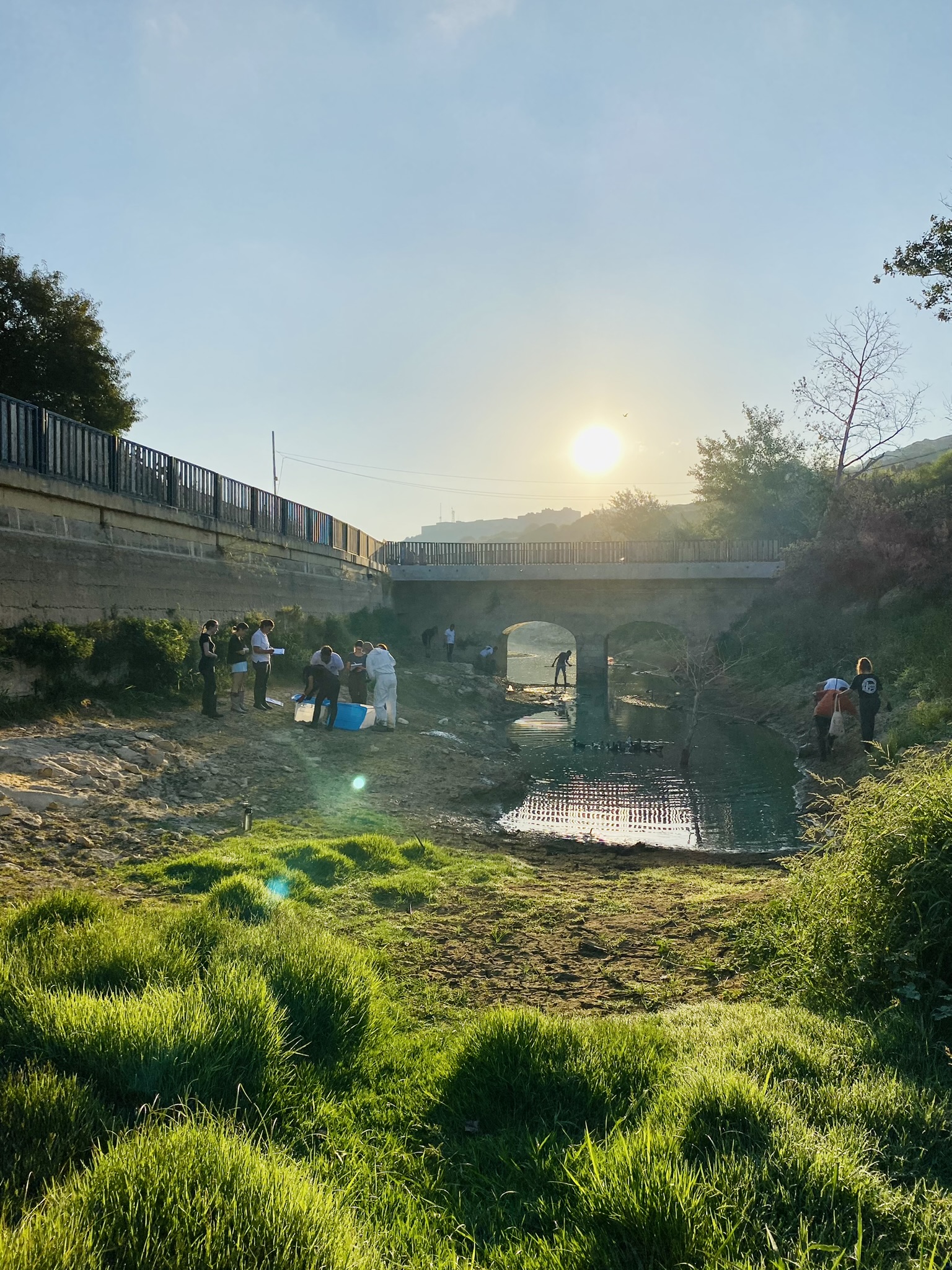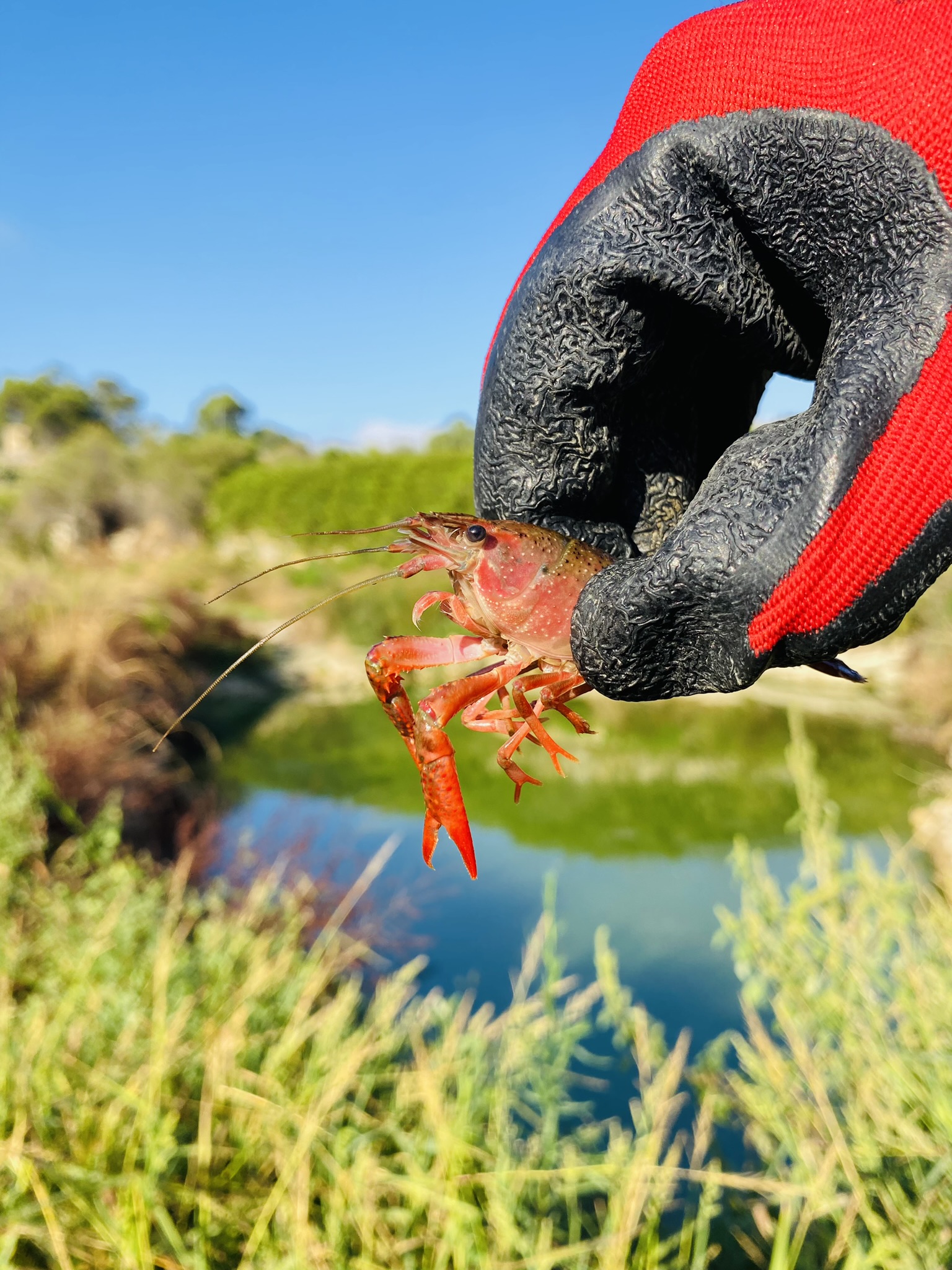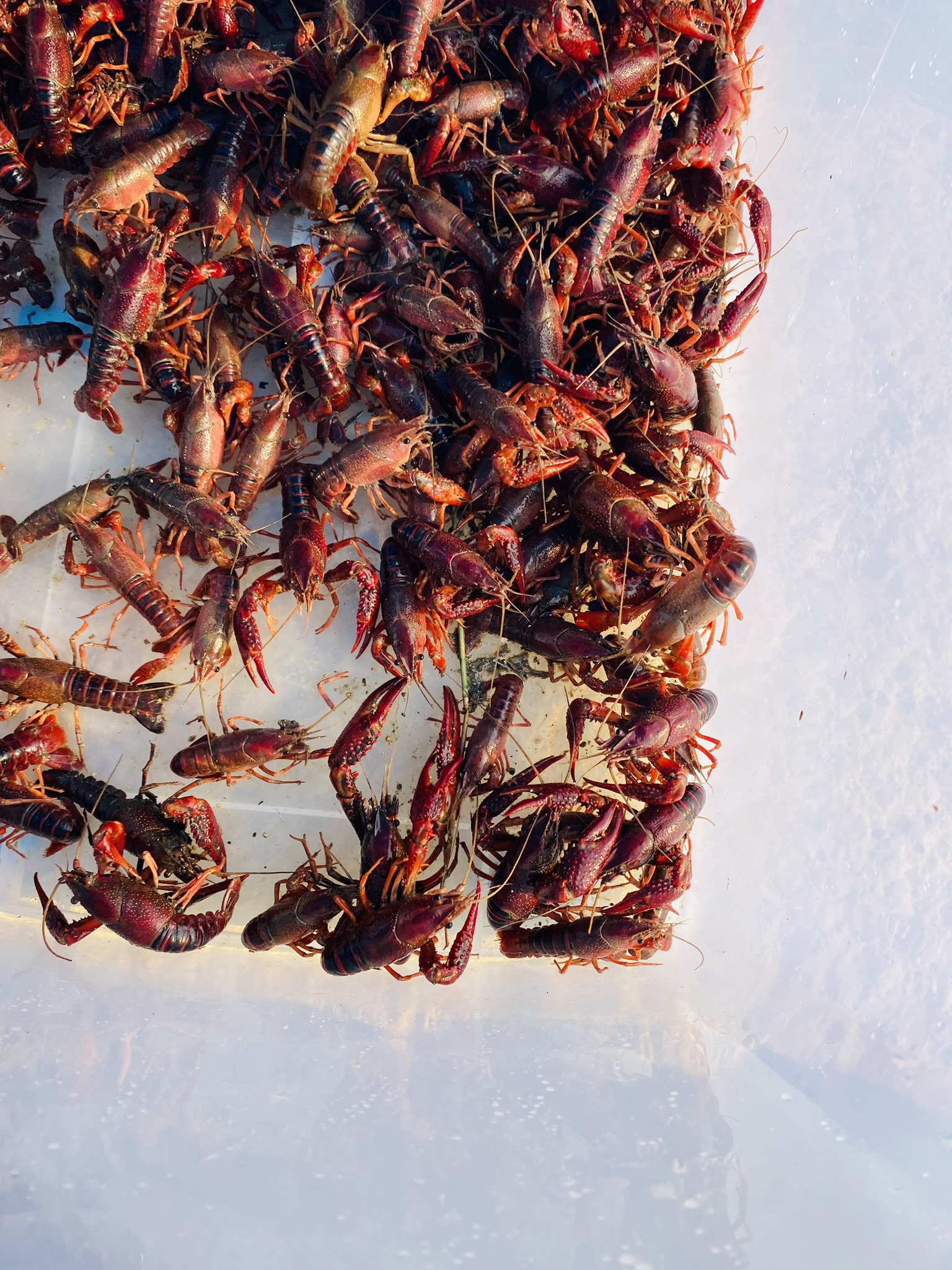Do you know why invasive alien species cause harm to Malta’s flora and fauna?
25 Aug, 2023 | by RBMP Life |
Such invasive species can cause harm to our local biodiversity, economy and human health.
The term ‘Alien species’ refers to the different flora and fauna that are living outside their native territories.
When invasive alien species invade new territory, they inhabit habitats that are like the ones in their native range. And in most cases, it is the territory that is different, and not the habitat. For instance, the red swamp crayfish inhabits slow, flowing lowland rivers on soft substrates, canals, drainage ditches, lakes, ponds, and marshes. In fact, Chadwick Lakes has become the perfect spot for such species to invade.
Such species are often introduced by humans intentionally, by trading and selling, or unintentionally, by escaping from confinement or hitchhiking a ride on imported goods. Some alien species are considered to be ‘invasive’ since, should they be introduced, they could become established in their new environment. They do this by surviving and thriving, as they are highly adaptable, tolerant to various conditions and temperatures.
Although they may look harmless invasive alien species can lead to a decrease in our biodiversity which is already under pressure, and it is not just a local issue, it’s a global phenomenon. Such species negatively impact our local biodiversity through predation, competition with native species, the transmission of disease, or by changing the habitats they have spread into.
For example, the red swamp crayfish (Mlt: iċ-ċkala tal-ilma ħelu) which is native to South-Eastern US, has been deliberately introduced in various Maltese waterbodies. The species is of particular concern since it produces loads of young, grows quickly, and is well-adapted to survive long periods of drought. The species cause harm since it feeds on the eggs and tadpoles of the native painted frog as well as other local fauna.
Invasive alien species often have no natural predators, and this consequently helps them to increase in numbers. Invasive species often also share similar characteristics which are typically harmful to the local biodiversity, such as being able to adapt to their new conditions, growing and reproducing quickly, and being good at dispersing or spreading into new areas.
Last week, Energy and Water Agency (EWA) and LIFE action leaders participated in a team building event to help Nature Trust Malta in the collection of Crayfish to control their population at Chadwick Lakes. A total of 773 crayfish were caught to enable better management of this species and help natural fauna to increase and live peacefully. Hopefully between all our efforts, EWA, Nature Trust Malta & natural fauna combined this invasive species can be controlled to a significant level with the possibility of complete eradication. In time if our efforts are successful, and the habitats being planted now establish themselves; the possible re-introduction of the Maltese Freshwater Crab can than take place.
Malta’s environment must be healthy and rich in all the different aspects to assure healthy ecosystems and provide the necessary food, water, shelter, and habitats for local fauna and flora to thrive.


